Jan Richardson Transitional Lesson Plan for Reading Level
Oh my discussion.
This affiliate is HUGE.
I hope I exercise it justice.
I will say there is NO WAY I tin encompass the entire chapter equally well equally it deserves without my fingers falling off from all the typing. RUN, don't walk, to get your copy of the book! Information technology is worth every penny!
First of all…who are these transitional readers?
This is how Dr. Richardson defines a transitional reader.
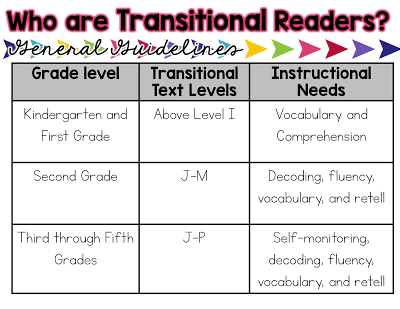
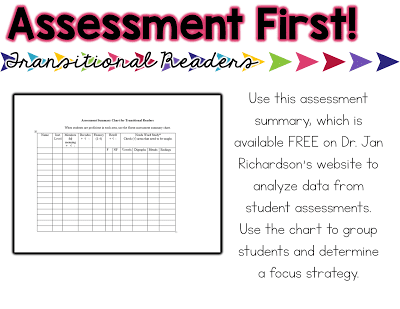
Dr. Richardson explicitly goes through a guided reading lesson plan for transitional readers with prompts and ideas for what to exercise with readers. She suggests a 3 mean solar day programme for books.
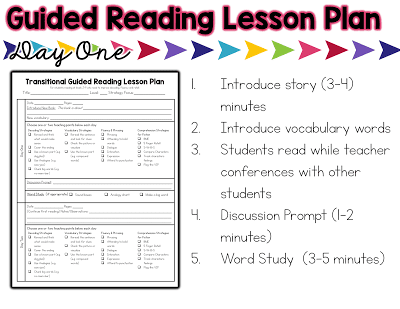
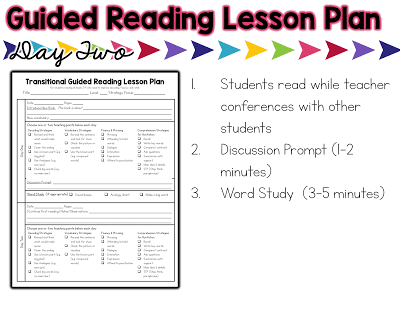

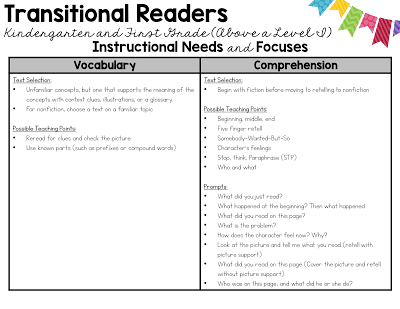
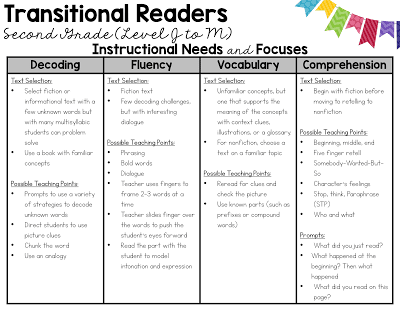
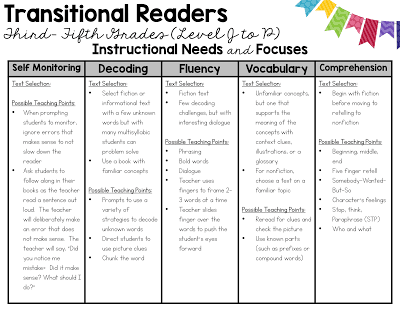
After the reading on day one and two, students volition answer and answer to a discussion question. Create a question that focuses on conferencing and / or drawing conclusions.
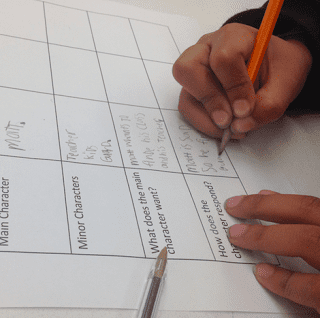





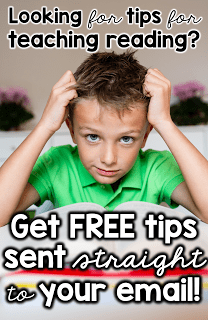
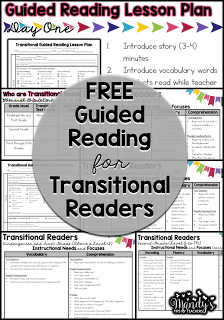
Mandy Gregory is a 2007 and 2012 Instructor of the Year. She has taught Kindergarten- quaternary grades in both the general pedagogy and inclusion settings. She is currently a 1st grade Special Pedagogy teacher. She is the owner and creator of Mandy's Tips for Teachers website (www.mandystipsforteachers.com) and has over thirteen years of educational activity feel. She is married with two beautiful children.
Comments are airtight.
I promise yous guys are enjoying this book as much as I am.
I am loving how then many of these ideas that she talks about are a nice mix of some of my favorite educational ideas and researchers! I knew Dr. Richardson was obviously a vivid lady, only she is as well Practical near the classroom, which I adore.

In the 2nd chapter, Cess and Group, she discusses assessment, the PURPOSE for assessment, and how to Employ the information from assessments. I am all nigh that. I am non all nearly assessments for the sake of assessments sake. I incertitude ANY teachers are! LOL

Richardson says that assessment should answer the following questions:










(office(d, south, id) {
var js, fjs = d.getElementsByTagName(due south)[0];
if (d.getElementById(id)) return;
js = d.createElement(s); js.id = id;
js.src = "//connect.facebook.net/en_US/sdk.js#xfbml=ane&version=v2.6";
fjs.parentNode.insertBefore(js, fjs);
}(document, 'script', 'facebook-jssdk'));



Mandy Gregory is a 2007 and 2012 Teacher of the Year. She has taught Kindergarten- 4th grades in both the full general education and inclusion settings. She is currently a 1st class Special Pedagogy teacher. She is the owner and creator of Mandy's Tips for Teachers website (www.mandystipsforteachers.com) and has over 13 years of teaching feel. She is married with two cute children.
garciacrivair1974.blogspot.com
Source: https://mandystipsforteachers.com/the-next-step-in-guided-reading-chapter/
0 Response to "Jan Richardson Transitional Lesson Plan for Reading Level"
Post a Comment